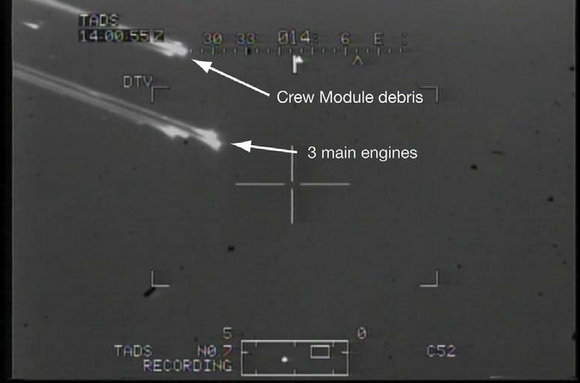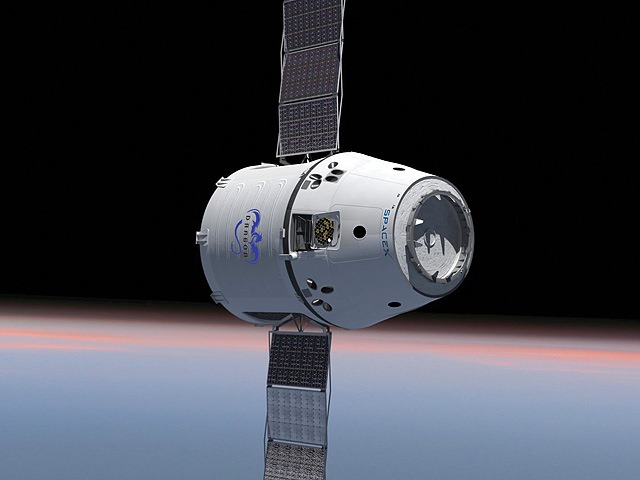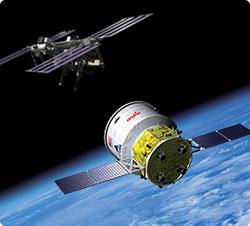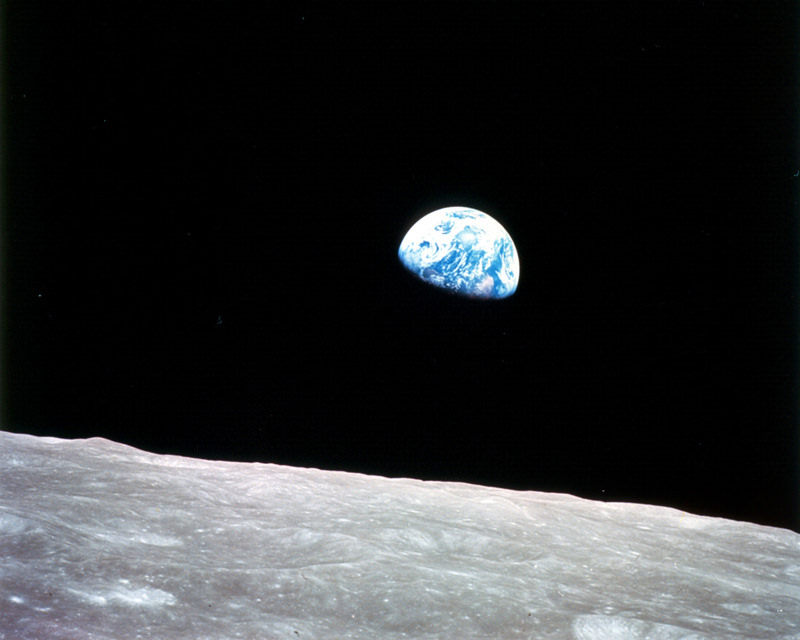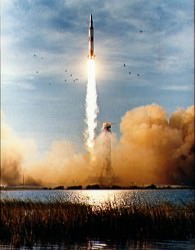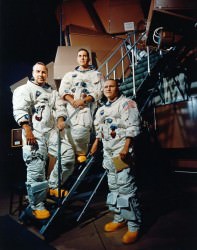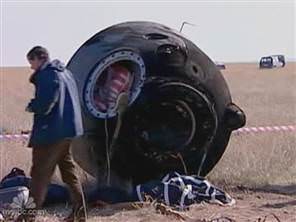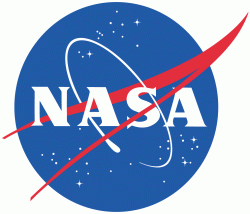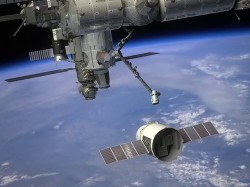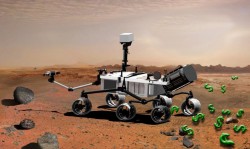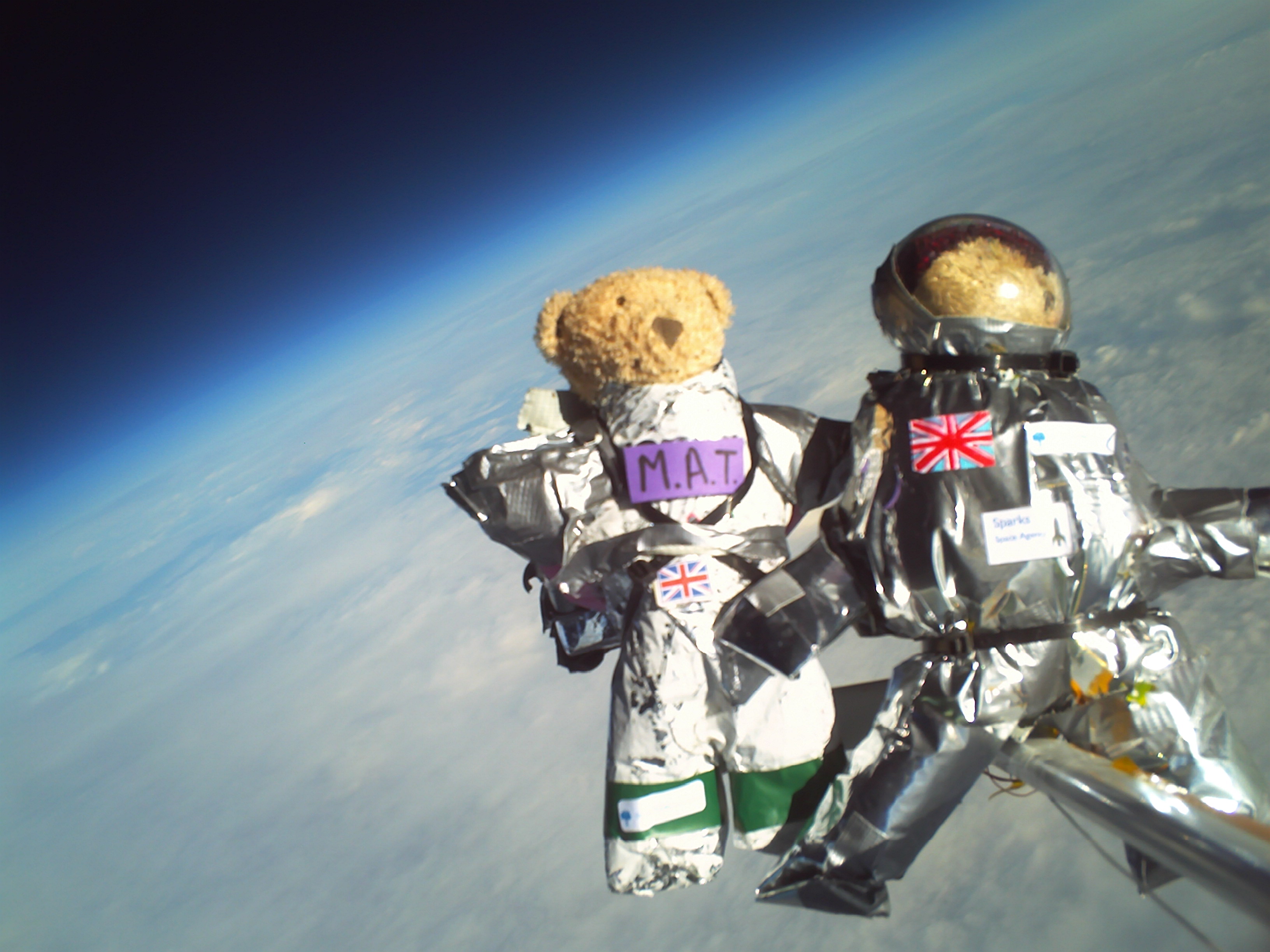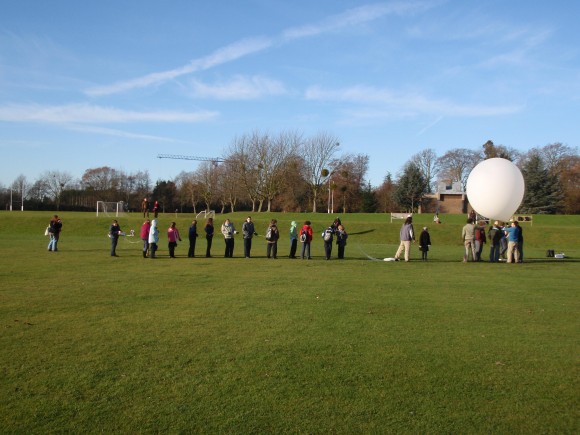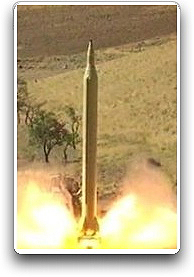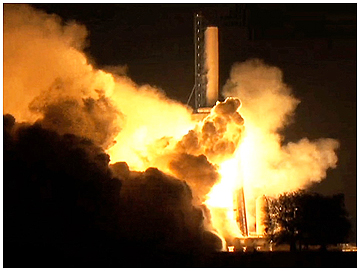[/caption]
NASA released a detailed and sometimes graphic new report outlining what happened during the break-up of the Columbia space shuttle on Feb. 1, 2003. The purpose of the report is to specify what was learned from the Columbia accident in regards to crew safety and survivability for future spaceflight. The extensive 400 page report contains information that had already been released over the years, but also includes a new minute-by-minute timeline describing what happened to the vehicle as it re-entered the Earth’s atmosphere, and revealing the commander and pilot attempted to troubleshoot a cascade of problems in the final moments before the shuttle went out of control. As the report states, “This report is the first comprehensive, publicly available accident investigation report addressing crew survival for a human spacecraft mishap, and it provides key information for future crew survival investigations. The results of this investigation are intended to add meaning to the sacrifice of the crew’s lives by making space flight safer for all future generations.”
The report is actually quite interesting to read, and it vividly brings back the events of the Columbia accident which happened almost six years ago.
The key information in the report reveals what actually killed the astronauts and how future vehicles and flight should be approached as far as astronaut suits, helmets and body restraints. The facts are that the astronauts were not properly restrained. The lower body restraints held the astronauts in their seats, but the upper body restraints did not hold the astronauts bodies in place, and as the vehicle lost control and was spinning — which the report calls a dynamic rotating load environment — the astronauts’ upper bodies were thrown around, and were subject to blunt force trauma. The helmets also did not protect their heads properly.
However, the forces acting on the shuttle’s crew module in the final minute or so before it broke apart subjected the astronauts to a sudden loss of air pressure that occurred so rapidly they did not have time to close their helmet visors. One astronaut had not yet put on their helmet, and three were not wearing gloves.
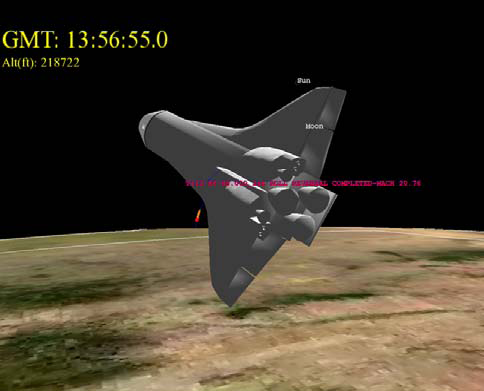
The timeline shows that at about 227,000 feet above Earth, hot gases entered a hole in Columbia’s left, created by foam from the external fuel tank striking the wing during launch. Alarms started going off, such as in the wheel well, and then pieces of debris started coming off the shuttle. When the wing had broken up enough that it was no longer functional and the ship’s computers could no longer compensate for the unequal forces on the vehicle, Columbia went out of control.
At 180,000 feet, the crew compartment was disengaged from the shuttle, and the module broke apart within a few moments due to thermal stress and aerodynamic forces. The crew died from hypoxia and blunt force trauma.
With current technology available, the breakup would not have been survivable.

But had the crew been able to survive, and were merely unconscious, they were wearing parachutes. However, the problem with these parachutes is that they require manual activation. The report recommends new parachutes which would be deployed automatically in the event an astronaut was thrown from the vehicle. Additionally, the current ACES (Advanced Crew Espace Suit) suits worn by the astronauts are certified to operate at a maximum altitude of 100,000 feet, and certified to survive exposure to a maximum velocity of 560 knots equivalent air speed. The operating envelope of the orbiter is much greater than this. The recommendation to strengthen the weak areas of the suit system will increase the probability of survival.
Those are just a couple of examples of recommendations in the report of what could be done in the future when a vehicle is not savable, but how the lives of the astronauts could possibly be saved. NASA has already made some changes to harnesses and restraints, and they want to incorporate those changes in the next vehicle, to make space travel safer and more survivable in the future.
Other recommendations from the report:
“Future spacecraft suits and seat restraints should use state-of-the-art technology in an integrated solution to minimize crew injury and maximize crew survival in off-nominal acceleration environments. Inertial reels should be evaluated for appropriateness of design for off-nominal scenarios.
• Helmets should provide head and neck protection in off-nominal dynamic load conditions. The current space shuttle inertial reels should be manually locked at the first sign of an off-nominal situation.
• Future spacecraft should be evaluated while still in the design phase for dynamics and entry thermal and aerodynamic loads during a vehicle LOC for adequate integration into development, design, and crew training.
• Future crewed spacecraft vehicle design should account for vehicle LOC contingencies to maximize the probability of crew survival.”
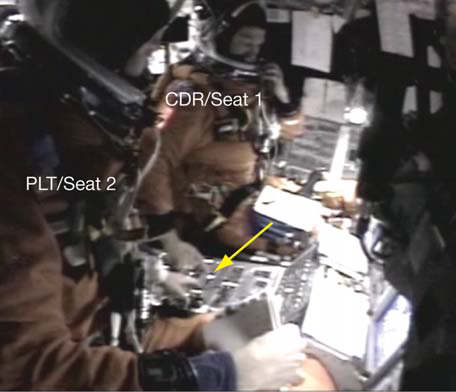
The report also includes images taken from a middeck and flight deck video recovered from the accident, as well as from infrared images taken from the ground during the shuttle’s rentry.
The loss of the shuttle occurred rapidly, and there was nothing the crew could have done. A detailed moment by moment timeline shows that at GMT 13:58:48, a partial transmission was received, which the Commander Rick Husband said, “And, uh, Hou…” At that point the vehicle and crew were still performing nominally.
The last audio transmission from Columbia, “Roger, …” was cut off at 13:59:32.
Complete loss of control of the vehicle is listed as no earlier than 13:59:37.
The report lists several courses of action for more study in the future including completing an analysis on the Challenger debris to compare and contrast with the Columbia findings.
A teleconference to discuss the study is scheduled for 4 p.m. EST. This post will be updated with any pertinent information.

